Italian winemaker Leonardo Bellaccini is talking about the changes wrought by global warming. I’m familiar with them but, over dinner in London, Leonardo goes on to discuss the knock-on effects of higher sugar and pH on the red wines he makes in Tuscany for San Felice – how it affects the choice of yeasts, the length of maceration and even the timing of the racking to barrels.
These are consequences I hadn’t considered before our meeting at the Oblix restaurant at The Shard.
“To produce great wine, we need healthy grapes and very well ripe grapes,” he continues. “Those two characteristics are much easier to obtain today. The challenge, to be honest, now is more in the cellar than in the vineyard. This is because increasing the sugar you have the reduction of the acidity and low acidity opens the door to bacterium that can spoil the wine and give off-flavours.”
Because today’s grapes are richer in sugar and potential alcohol and lower in acidity, he points out, there’s a danger “normal yeasts get tired at the end of fermentation, reducing their activity”.
He worries because, as he says, “in the biological world there is never an empty room – that means if the good yeasts decrease in population, there is something else to take their place and often the new population doesn’t make proper fermentation”.
These worries mean most of the San Felice wines are inoculated with strong strains of Saccharomyces cerevisiae after destemming (but not crushing) the grapes and fermentations take place in stainless-steel tanks at controlled temperatures.
“When I started, we used to use selected yeasts only for the whites – for many, many years the reds had been wild,” Leonardo recalls. “Then from the mid-1990s until a few years ago it was 100% selected and now, in the last six or seven years, we are starting to leave only the single vineyards wild.”
But he knows it’s probably the same strain doing all the work. “Frankly speaking,” he confides, “this is what we do but you should know that when, in a single winery, you have 20 tanks and you use selected yeasts in 15 tanks then those yeasts are around everywhere.”
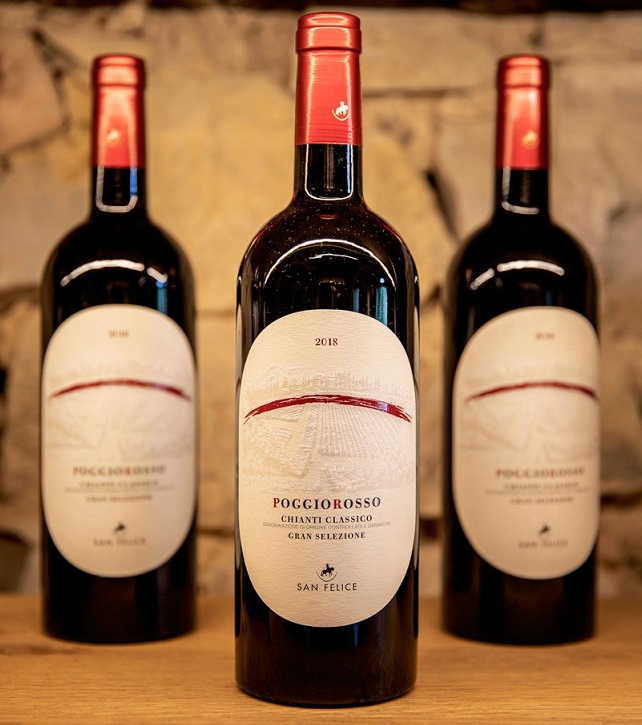
An example of a wine that still undergoes spontaneous fermentation is Poggio Rosso Chianti Classico Gran Selezione DOCG, from San Felice’s premium line.
The Sangiovese grapes for this wine come from a 2.5ha single vineyard. Specific clones from parcels within the vineyard undergo a rigorous selection process, as this is the flagship of San Felice’s terroir range.
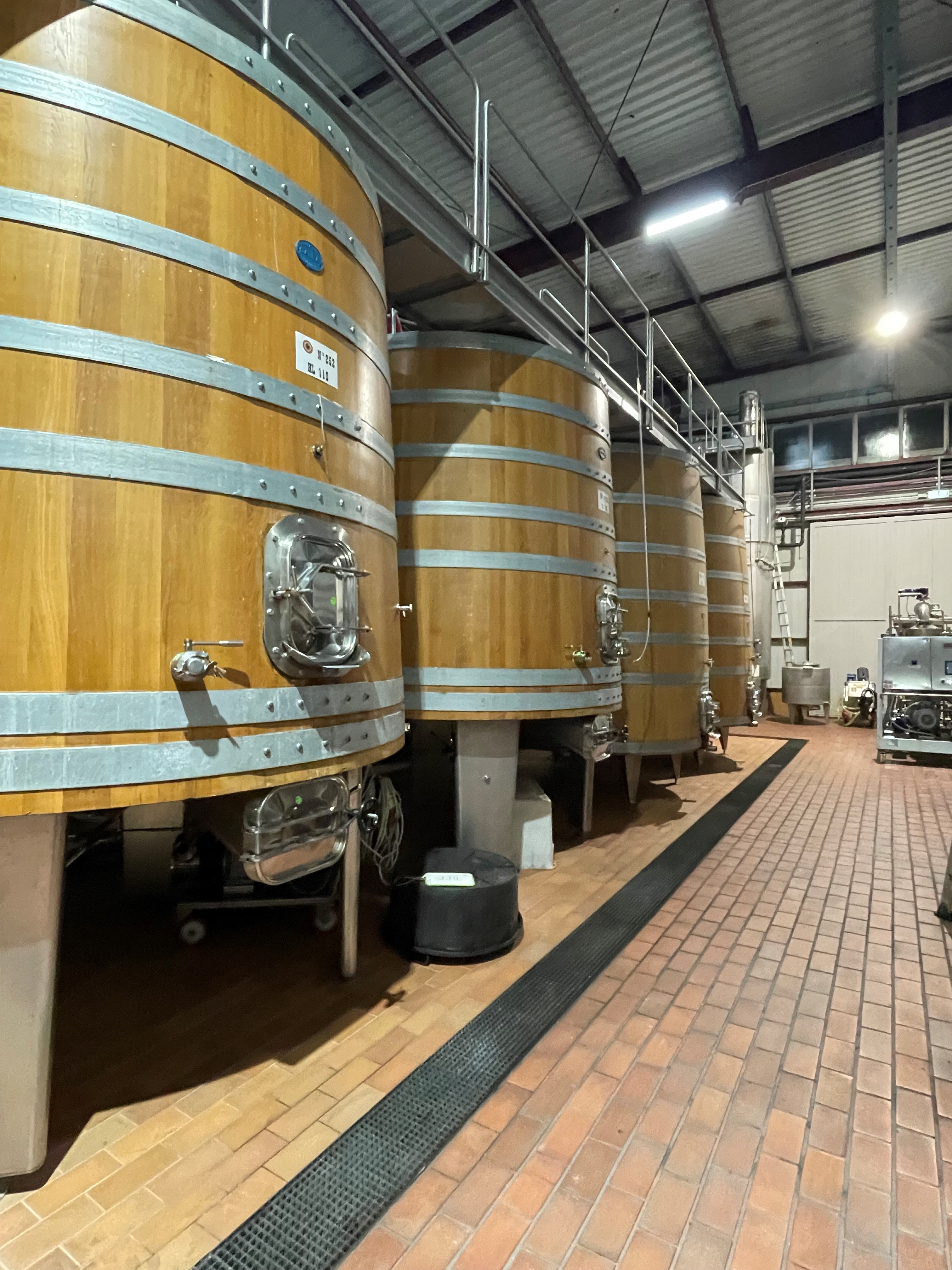
After fermentation in 110hL French oak casks (above) at 28-30°C, the wine is left in contact with the skins for 20-25 days. After MLF, the wine is racked to 500L barrels for 20 months’ ageing, followed by 15 months in bottle before release.
That all sounds fairly typical to me, but Leonardo highlights several changes brought by climate change. The selected clones of Sangiovese planted in the late 1990s had smaller berries and bunches – to increase the ratio of skin to juice – and rootstocks designed to reduce the vine’s vigour as the quality of Sangiovese “really drops dramatically” if you go over 1-1.5kg per vine.
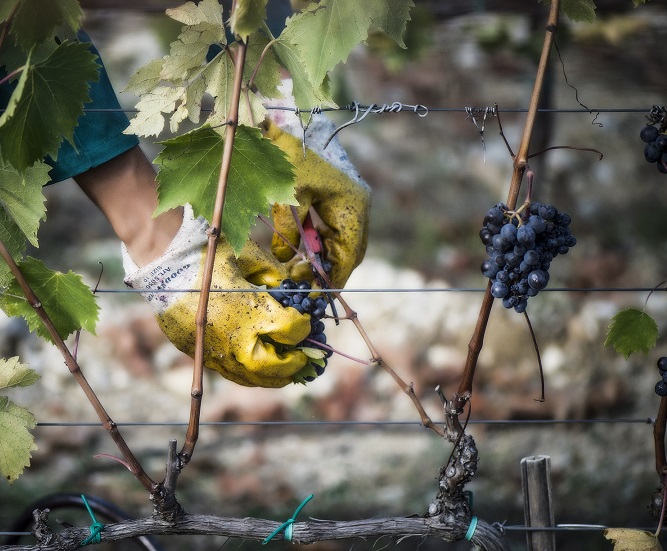
They have 22 different Sangiovese clones at San Felice and Leonardo admits these clonal improvements were “good – theoretically – if you don’t consider drought and global warming”. He says the research reduced the weight of bunches from 0.5kg to 200g – but now they come in at a mere 100g because of the warmer weather and lack of rain.
The maximum yield in Chianti Classico is 7.5 tons/ha. At San Felice in the 1990s and early 2000s it was 6.5t/ha, But, in the last four vintages, it has dropped to 5t/ha. Leonardo points out this is at the same time as all their costs have shot up. “That is really an issue for us,” he says. Although they have increased their prices, they haven’t seen any extra income “because the costs are growing faster than our prices”.
'Costs are growing faster than our prices'
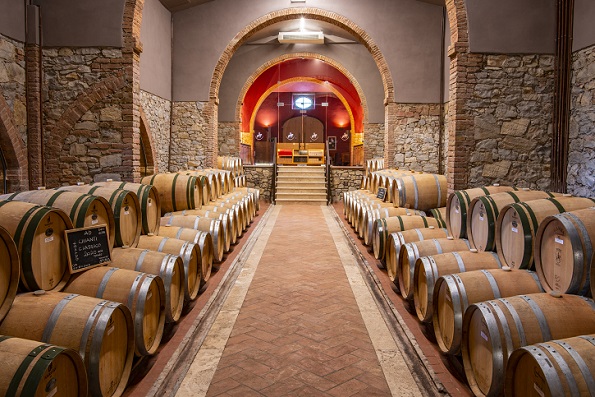
Poggio Rosso is one of the few wines still fermented in oak. Again, this change is due to global warming and the need to keep a closer eye on juice with higher potential alcohol levels and lower acidity.
Leonardo, who has been working at San Felice for almost 40 years, says that in the 1990s the usual practice was to transfer the must from tanks to new barrels when the sugar levels had dropped to 10g/L. The wine would then complete the alcoholic fermentation and malolactic conversion in oak. Now, however, he generally prefers to complete “everything” in tanks before ageing in barrels because he has fewer problems this way and the difference in quality, he says, “is not that big”.
Another difference he has noticed – which may be linked to harvesting smaller bunches – is that most of his red wines don’t need so long on skins. Fifteen to 20 days is usually enough. Regarding extraction, he says: “Generally, I do longer pumping over at the very beginning to give some oxygen to the yeasts, then I reduce the time to have a gentle extraction.”
After fermentation and MLF, he racks his top wines straight off skins – with the pressed juice going to boost the structure of the entry-level wines, which are typically fermented in tanks for 8-10 days at 28-30°C and matured in large Slavonian oak casks for 10-12 months, followed by two months in bottle.
He admits he’s a fan of ageing in oak. “I think for a great red wine it needs to spend a little part of its time in wood,” he states.
The Il Grigio Chianti Classico Riserva DOCG is fermented on skins for 18-20 days at 28-30°C and also completes MLF in a tank before 80% is matured for 24 months in large (6,000 or 9,000L) Slavonian oak casks and 20% in third-fill 225L French barriques.
Climate change has also had an impact on sulphite levels, Leonardo says. The trend is to reduce them, but that is more complicated when you have higher sugar levels and lower acidity. Currently, he aims for about 70mg/L total with about 30mg/L free – but it’s always below 100mg/L.
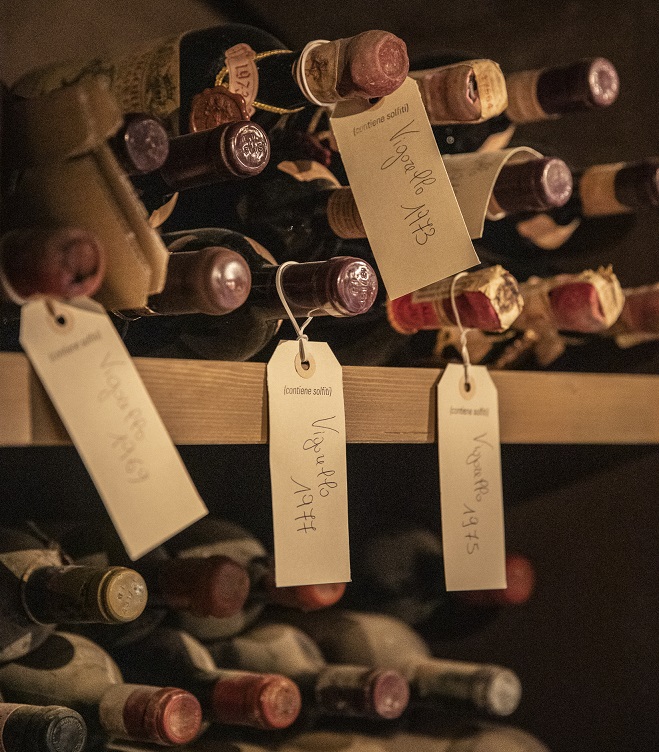
The wine that’s my favourite on the night, Vigorello, has also undergone massive changes since its launch in 1968 – when it was the first of a new generation of Tuscan wines that subsequently became known as Supertuscans.
Then, this wine was a Sangiovese varietal. The last 100% Sangiovese version was the 1978 vintage – as 10% of Cabernet Sauvignon was introduced in 1979, increasing to 40% “year by year”. In 2001, Vigorello had 15% Merlot too. When the Chianti Classico rules changed in 1995, allowing 100% Sangiovese, Leonardo began using Sangiovese for the riserva (and then the gran selezione), and “to preserve our Tuscan character I substituted the Sangiovese with Pugnitello from the vintage 2011”.
Pugnitello is an ancient Tuscan variety revived by San Felice – the grape’s name, which translates as ‘little fist’, refers to the shape of its cluster. It has a dense purplish hue, with a remarkably rich nose, offering cinnamon, clove, wild fruit preserves, and tobacco leaf. Its velvety-smooth, ultra-savoury, full-bodied palate reflects these aromas.
The Vigorello Toscana IGT 2019 that I tasted was a blend of 35% Pugnitello, 30% Merlot, 30% Cabernet Sauvignon and 5% Petit Verdot. 20-25 days on skins, fermented in oak at 30°C with MLF and 24 months’ maturation in 225L French oak barriques. It spends a further 8 months in bottle before release.
Pugnitello, which is also used for a varietal wine, is now the second-most planted grape variety at San Felice. There are 12ha, but Leonardo says the yields are “ridiculously low” and the cost of production is high because the bunches are small and tight, and the skins are thick. However, it means the grape is only used for high-end wines. “You only have the option to sell quality wine, you don’t have the second option to produce a young, easy-drinking wine because you don’t have enough grapes,” he says.
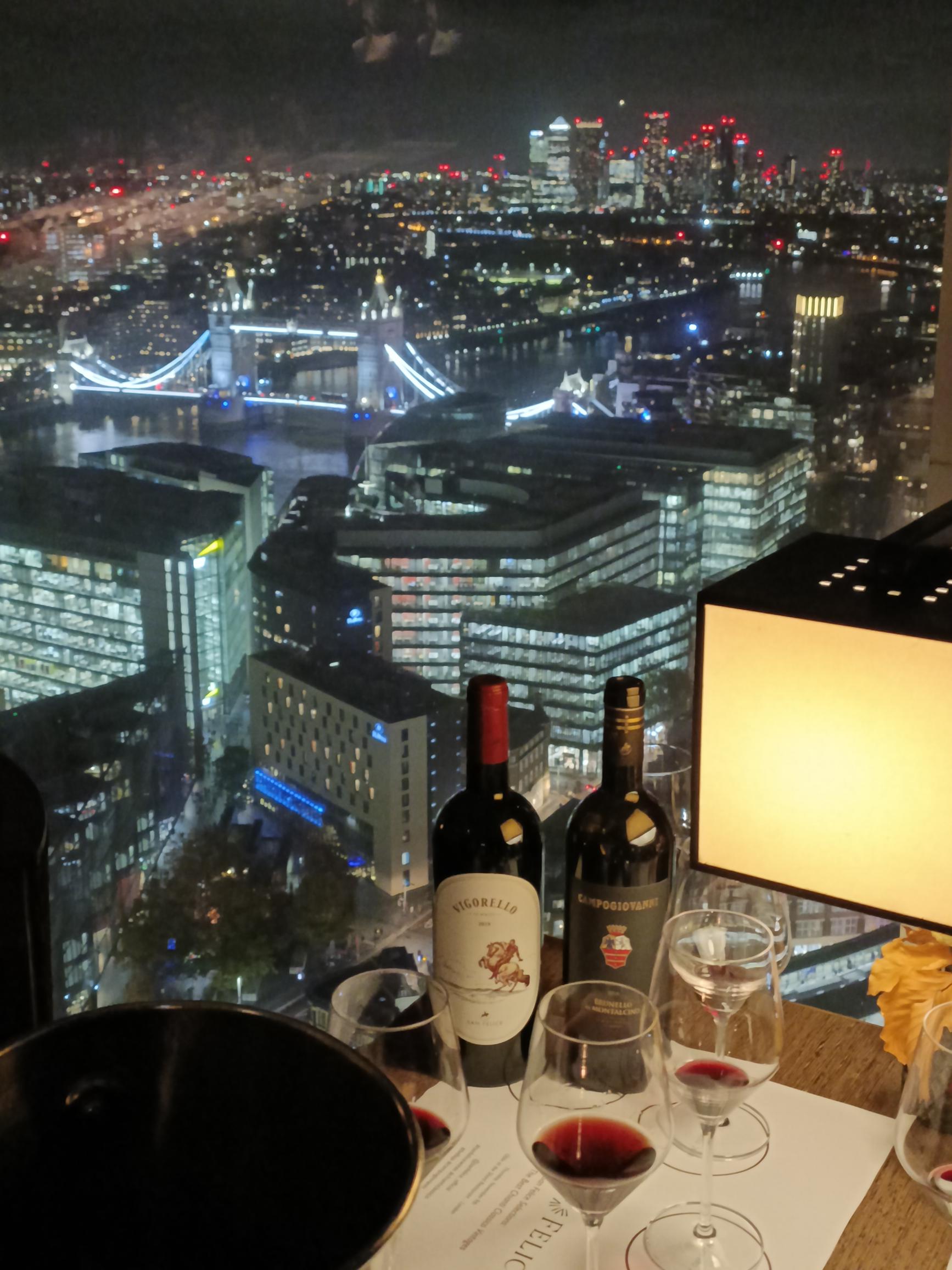
Although we tasted the wines in a beautiful location, with views of London Bridge, the venue doesn’t match up to the San Felice wine resort, which sits between the Chianti hills and the landscape of the Crete Senesi, among woods, vineyards, and rows of cypress trees, in the municipality of Castelnuovo Berardenga, just a few kilometres from Siena.
In 1991, the medieval village of San Felice (below) was renovated and converted into a hotel with 28 rooms and 31 suites, and two restaurants (the Michelin-starred Poggio Rosso and the Osteria del Grigio). The restaurants are run by executive chef Juan Quintero, in collaboration with Michelin-starred chef Enrico Bartolini.
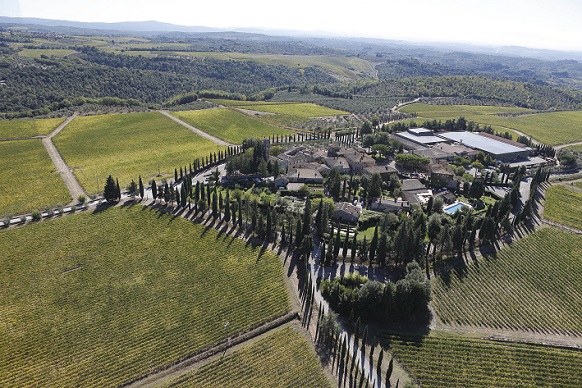
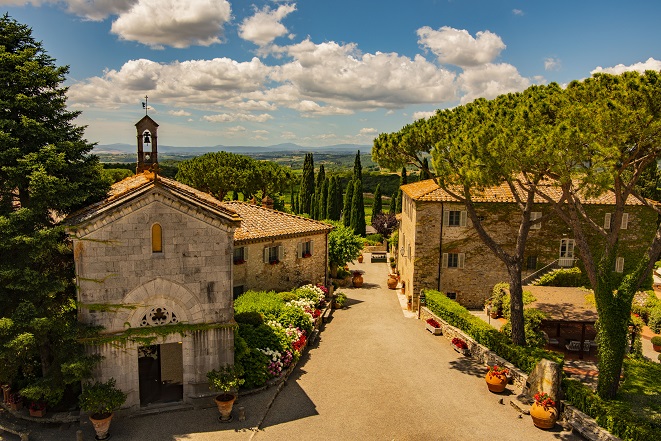
The estate, which also has properties in Montalcino and Bolgheri, has 685ha in total, planted with 188ha of vineyards, 60ha of olive groves and woods. 70% of the grape varieties cultivated are Sangiovese, followed (in order) by Pugnitello, Merlot, Cabernet Sauvignon, Colorino, Petit Verdot, Chardonnay, Sauvignon Blanc, Trebbiano, and Malvasia del Chianti.
But the place I would most like to visit is the Vitiarium, an experimental vineyard of 2.5ha created in 1986 to save 270 ‘minor’ ancient Tuscan grape varieties (161 of which are red). From these, 30 varieties have undergone a second phase of experimentation – microvinifications during successive harvests.
Perhaps these could be another tool for Leonardo in his battle against the consequences of climate change. But, in the meantime, he will continue to adapt his winemaking techniques to each vintage while the vineyard team at San Felice continue to tweak the vines:
- They are converting the estate to organic and recently started using regenerative farming to improve the organic matter in the soil – with the aim of retaining more moisture, as they don’t irrigate.
- They have stopped removing leaves around the fruit to provide the berries with more protection from the sun. But in the wet and humid conditions of May and June this year, this practice increased the risk of mildew.
- They are using nets to shade the west side of some the fruit.
- They are managing parcels individually with regard to pruning, fertilisation and the type of cover crop to mitigate vigour. “The goal is to have more uniformity, more balance in the vineyard – which means, in the end, more balance in the glass,” Leonardo says. Cover crops include barley, fava beans, cauliflower, and grasses with long roots.
- In the long-term, they are looking to plant in the hills to extend the growing season.


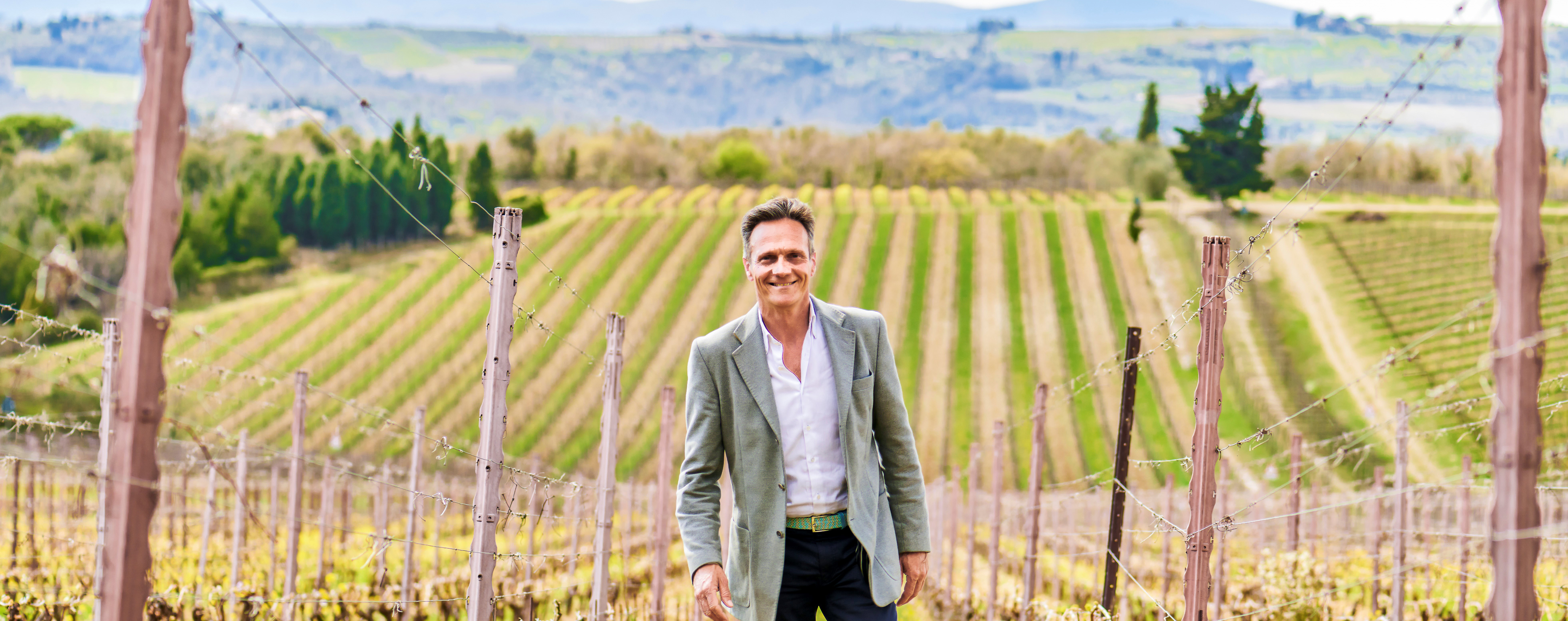










.png)






